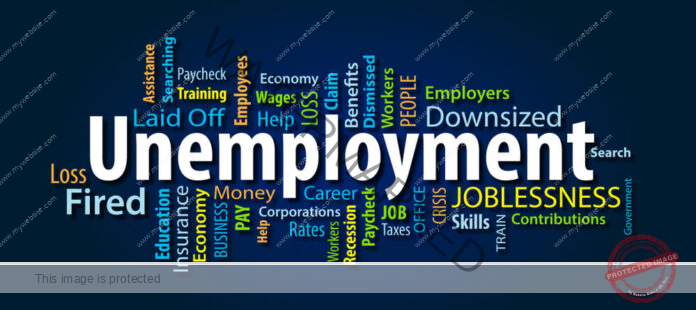India’s unemployment crisis is a pressing issue, especially among the youth. Rising unemployment, one of the major causes amongst others showed its counter-effects in the results of parliamentary election this year, costing dearly to the Bharatiya Janata Party (BJP), spelling an end to the ten years of one-party rule of Narendra Modi-led government. So much so that, it even failed to cross the majority mark, decimating the ‘Abki baar 400 paar’ narrative.
Footage of protesting unemployed youths cane charged by police to disburse them has become almost a routine media output, as Central government as well as their counterpart state governments coolly indulge in pushing the onus.
A recent video on social media showed a youth throwing his educational degrees in Ganga, citing unemployment as the sole reason. He could be heard saying that when his educational degrees could not get him employment, what good it had to do with in his possession.
Moreover, BJP’s crushing defeat in the Hindi heartland state of Uttar Pradesh, considered to be the laboratory of Hindutva politics, has not only jolted the BJP but has also served its purpose of making the top rung leadership realize that saffron politics would no longer help retain power.
However, official data about declining rate of unemployment made available by Minister of state for Labour and Employment Shobha Karandlaje recently, paints a contradicting picture.
The data on employment and unemployment collected during survey period of July to June every year, through Periodic Labour Force Survey (PLFS), by Ministry of Statistics and Programme Implementation (MoSPI) since 2017-18 estimated Unemployment Rate (UR) on usual status for persons of age 15 years and above as 6.0%, 5.8%, 4.8%, 4.2%, 4.1% and 3.2% during 2017-18, 2018-19, 2019-20, 2020-21, 2021-22 and 2022-23, respectively.
The official data indicates that the unemployment rate in the country has a declining trend over the years.
Further, the KLEMS (K: Capital, L: Labour, E: Energy, M: Materials and S: Services) database published by Reserve Bank of India’s (RBI), which provides employment estimates at all India level, also testifies that all was well.
As per the latest data of the database, provisional estimates for 2023-24, employment in the country increased to 64.33 crore in year 2023-24 as compared to 47.5 crore in 2017- 18. The total increase in employment between 2017-18 and 2023-24 came to 16.83 crore.
Says political analyst Abhay Awasthi, “If not for issues like rising unemployment, inflation, anti-incumbency, etc how should one translate such an electoral verdict, that to for a leader whose popularity has consistently remained high? I don’t think that anyone sane enough would deny that unemployment was one of the key factors responsible for shattering the ‘Abki Baar 400 Paar’ narrative.”
India Employment Report released by ILO
The findings of the India Employment Report released by the International Labour Organisation (ILO) have again highlighted the problem of continuing high unemployment in India. In India, reports revealed, the unemployment rate for graduates was higher than the rate for those without a diploma.
As per the report, the country’s youth account for almost 83% of the unemployed workforce. The share of jobless youth with secondary education in the total unemployed youth has almost doubled from 35.2% in 2000 to 65.7% in 2022.
About 90% of the workers are engaged in informal jobs. India’s LFPR remains lower than that in other emerging economies such as Indonesia and Vietnam, where they are at least above 60%. It is a matter of particular concern that women’s LFPR of 32.8% in 2022 was about 2.3 times lower than the 77.2% for men.
Estimated Unemployment Rate
| Financial Year | Unemployment Rate |
| 2017-18 | 6.0% |
| 2018-19 | 5.8% |
| 2019-20 | 4.8% |
| 2020-21 | 4.2% |
| 2021-22 | 4.1% |
| 2022-23 | 3.2% |




























